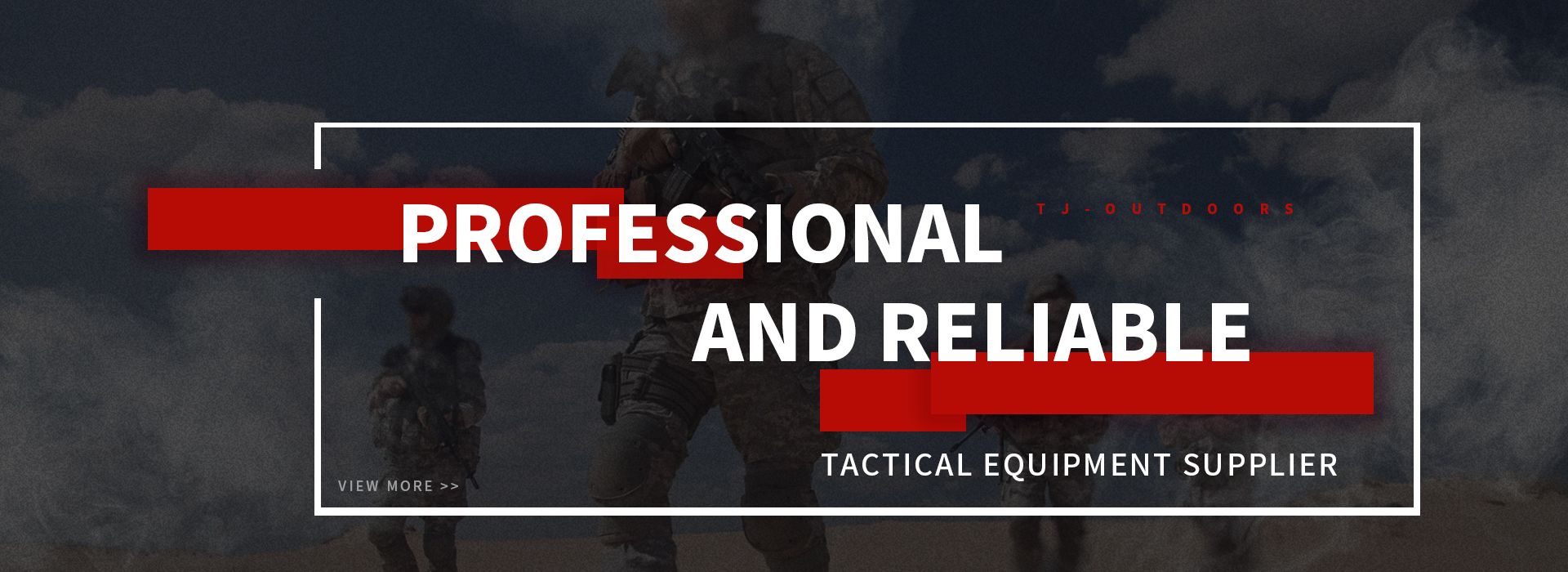What Powerful Bulletproof Vests Do Police Officers Wear?
By : TJ-OUTDOORS 2024-06-26Types and Levels of Police Body Armor
Levels of Body Armor
- Level IIIA: Protects against handgun rounds (e.g., .44 Magnum, 9mm). Made from soft materials like Kevlar, suitable for daily wear.
- Level III: Defends against rifle rounds (e.g., 7.62mm NATO). Uses hard plates (steel, ceramics, or polyethylene), bulkier and heavier.
- Level IV: Highest protection level, stops armor-piercing rifle rounds. Utilizes ceramic or composite plates, adding significant weight but offering maximum security.
Importance
Understanding these levels helps law enforcement agencies choose appropriate armor based on operational needs and threats encountered.
Materials Used in Modern Police Body Armor
Primary Materials
- Twaron: High tensile strength, resistant to ballistic impacts, lightweight, flexible, ideal for soft armor.
- Dyneema: High strength-to-weight ratio, used in both soft and hard armor, lighter than traditional materials.
- Spectra: High-strength polyethylene fiber, provides robust ballistic protection with reduced weight, used in various configurations.
Benefits
These materials enhance protection without compromising comfort, crucial for the mobility and endurance of police officers.
Weight and Comfort of Police Body Armor
Weight Considerations
- Soft Armor: Weighs 5 to 8 pounds, worn under uniforms, suitable for regular patrol duties.
- Hard Armor: Plates weigh 3 to 8 pounds each, higher protection but limited mobility, used in high-risk situations.
Innovations
Technological advancements reduce weight while maintaining protection, ensuring proper fit and weight distribution for better wearability.
Specific Body Armor Brands Used by Police
Reputable Brands
- Safariland: Extensive range of ballistic vests and plate carriers, combines protection with comfort.
- Point Blank Enterprises: Innovative designs, high-performance materials, maximum protection.
- Armor Express: Variety of soft and hard armor solutions tailored to law enforcement needs.
- AR500 Armor: Known for robust hard armor plates, high-quality protection against rifle threats.
Considerations
Choosing the right brand involves evaluating protection level, comfort, and budget constraints, often based on field performance and officer feedback.
Purchasing and Funding Body Armor for Police Officers
Funding Sources
- Federal Grants: Programs like the Bulletproof Vest Partnership (BVP) provide funding assistance.
- State Programs: Many states offer grants and funding initiatives for body armor purchases.
- Departmental Budgets: Departments allocate budgets for procurement, vendor evaluation, and field testing.
Management
Effective funding management ensures all officers have necessary protective gear, enhancing safety and performance.
Types of Plate Carriers Used by SWAT Teams
Plate Carrier Types
- MOLLE Plate Carriers: Feature webbing for pouches and accessories, customizable.
- Low-Profile Plate Carriers: Enhanced mobility, streamlined fit, reduced bulk.
- Heavy-Duty Plate Carriers: Accommodate large, hard armor plates, maximum protection, used in high-risk scenarios.
Considerations
Choosing the right carrier involves mission requirements, threat levels, and additional equipment needs, ensuring SWAT teams have the best possible gear for safety and operational effectiveness.








